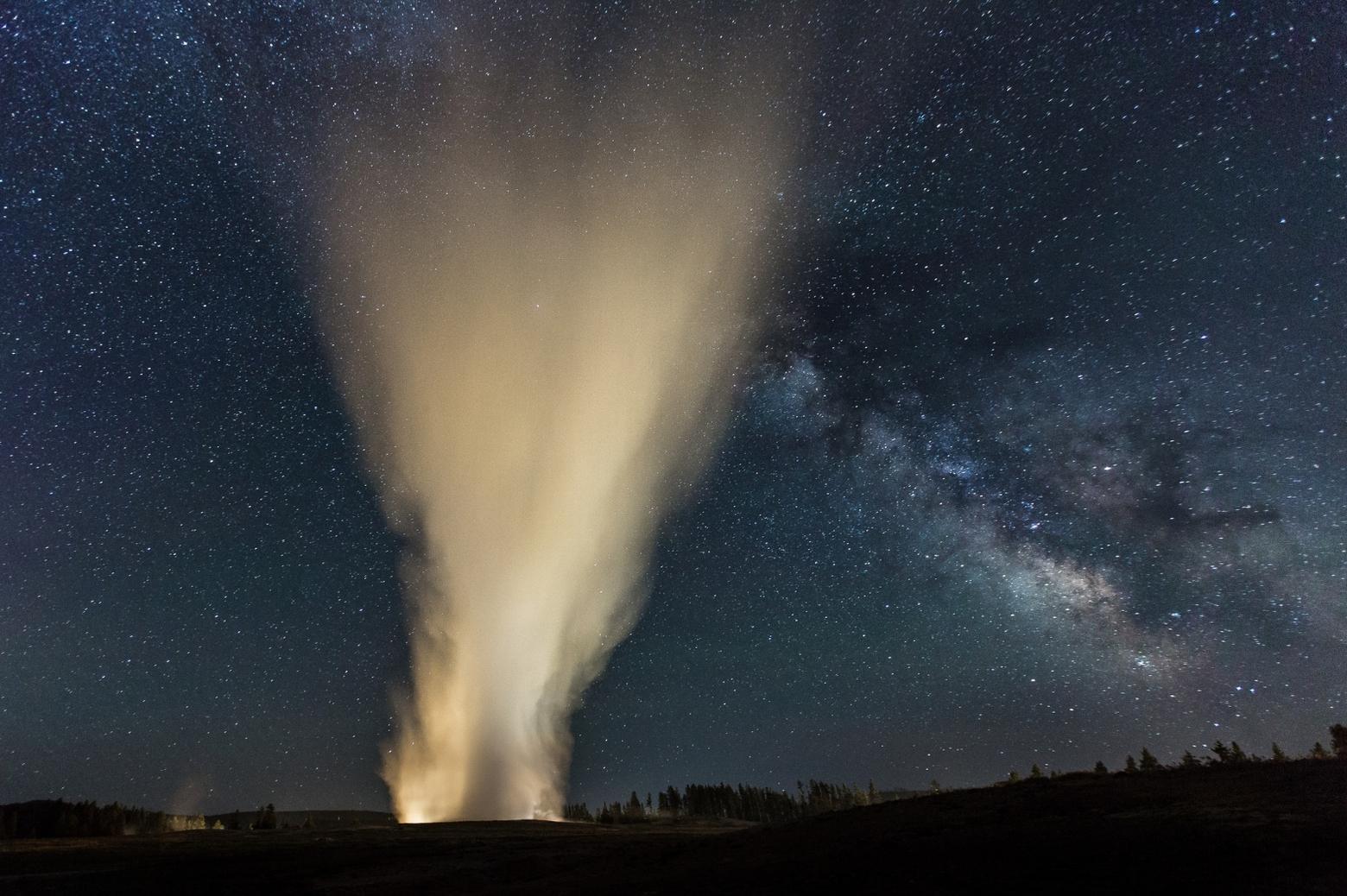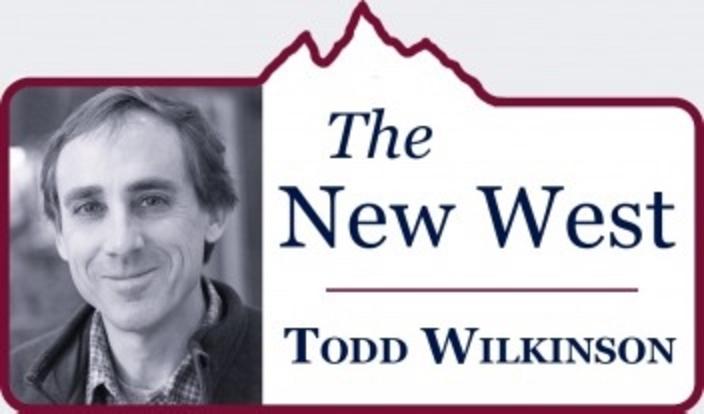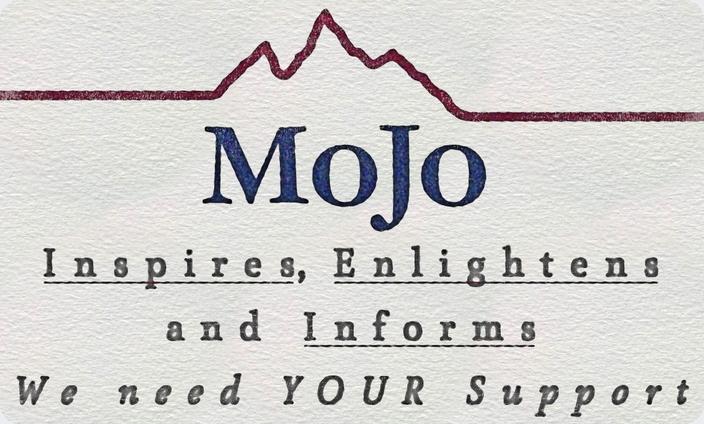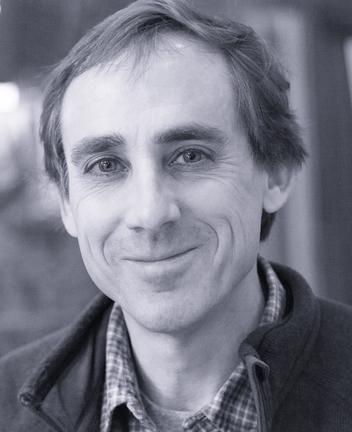Back to StoriesAmid Partisan Jousting And Talk Of Government Shutdown, Why National Parks Matter
January 19, 2018
Amid Partisan Jousting And Talk Of Government Shutdown, Why National Parks MatterOne teenager's desperate pilgrimage to see Old Faithful erupt is reminder of why we need grown adults making decisions in Congress
With yet another potential self-inflicted government shutdown under way—the last one, earlier this year and also in 2013 having had disastrous consequences for public confidence in Congress' ability to function—I am reminded how stories can sometimes be complicated.
The one that follows, however, is not complicated, for it is a reminder of the extraordinary good things our federal government does—operating public lands—and how they hold inestimable value that does not exist on budget ledger sheets.
As I look back at the stories I've penned over the years, I think about the simple messages emerging from interviews; the long-lasting empathy that remains as strong today as the moment
I lifted open the notepad.
This is a column about one of those, though I didn't have
the pleasure to interview the subject. It's a a real-life cautionary tale
for those presently in power and the risks they take when they allow partisan rancor to
blur their vision of what matters.
Some 21 winters ago, just as it did in early 2018 and 2013, the U.S. government shut down. Republicans led by House Speaker Newt Gingrich had control of Congress and
Democrats, led by Bill Clinton, ruled the White House.
Talks
over passing a federal budget, just as they have today, turned nasty.
Both sides refused to budge, myopically playing chicken with the lives of citizens whose well-being and businesses count on the government staying open. Even national parks and national forests closed their gates because there wasn't money
appropriated to pay the salaries of rangers.
While all this was happening, one young man named Randy Caulder had other, more mortal concerns. Caulder, a
bright-eyed teenage school kid from Lumberton, North Carolina, was dying of
terminal cancer. He didn't have time to
worry about petty bickering and brinksmanship going on between grown adults in the nation's capital.
Among the few priorities left in Caulder's life was seeing Old
Faithful Geyser erupt.
Just once.
He dreamed of experiencing the impressive icon of
Yellowstone firsthand.
Yes, of any place in the world and given the possiblity of meeting
any celebrity or sports star, Caulder selected going to America's first national park in the
middle of a cold winter.
Normally, it wouldn't be too logistically difficult. Yet serving as a roadblock to Caulder's last wish was the
following decree issued by the Interior Department ordering no visitation to
parks during the shutdown:
"Two things can happen to a person who violates the
law," the internal memo likely handed down from department lawyers
stated. "First is prosecution
resulting in a fine of up to $5,000, or two years in prison, or both. Secondly, the Secretary (of Interior) is
obligated to report immediately any such violation to the President and the
Congress."
Yes, Congress created conditions by which pursuing one's desire to visit our national parks could be interpreted as act of criminal trespass.
Caulder's health was failing rapidly.
When
word reached Yellowstone of his dream and dire circumstances, civil servants led by Superintendent Mike Finley, his staff and concession employees at park
headquarters in Mammoth responded with defiance. They decided they would break the law and quietly commit an act of
civil disobedience.
When word reached Yellowstone of his dream and dire circumstances, civil servants ... responded with defiance. They decided they would break the law and quietly commit an act of civil disobedience.
"All of us wanted to do what was right," park
spokesperson Marsha Karle told me at the time. "National parks exist for
the people and here was a young man who rallied his last strength just to see
the inside of Yellowstone."
Upon arrival, Caulder was bundled up on a sled pulled by snowmobile and ferried to the Upper Geyser Basin. Rangers waiting for him at Old Faithful huddled
at his side, no one else around, helping him predict the geyser's next
eruption. He was giddy as bison, elk and
coyotes filled the frame of a spotting scope placed in front of him.
The teen, who struggled to raise up his body against the weight of disease pulling him down, fought off intense pain and rallied with a smile as
he peered into the ethereal maw.
"Randy and I had a heart to heart talk during the trip
to Yellowstone. He was the type of kid
who would not give up and his courage gave other people strength," said
close family friend Ron Nye who escorted Caulder out West. "But he was
preparing himself for the inevitable. He
asked me, "If I should die, what is it going to be like on the other
side?'"
Caulder arrived at the conclusion on his own that maybe
Heaven looked something like Yellowstone. At least he hoped it was.
Caulder arrived at the conclusion on his own that maybe Heaven looked something like Yellowstone. At least he hoped it was.
"I was extremely moved by his visit because rather than
going to Disneyland, this young person came here—and to think we can't even
keep the place open," park staffer Rod Robey remarked afterward. "In making Caulder's wish come true, a
very important statement was made about values.
At a time when morale is an issue, mine was lifted. At a time when our leader-politicians refer
to our children's future and then close the parks, this is the reason they
should be open."
Fortunately, the Interior Department memo proved to be a
bluff charge. No one was hauled off in
handcuffs, accused of insubordination or prosecuted for breaking the law.
Randy Neil Caulder made it home to North Carolina and felt as if he had been on top of the world. Within hours of his visit to Yellowstone, he passed away at
five in the morning on Jan. 11, 1996.
His story remains a lesson for the ages and it's one every member of Congress should be required to learn.
EPILOGUE: The latest potential government shutdown is owed to President Trump's refusal to sign any spending bill that does not include $5 billion for a border wall. Earlier, at midnight on Friday, January 19, 2018, the U.S. federal government also shut down. As Congress remained at odds, and the Trump Administration watched agencies closing their doors, Mick Mulvaney, the president's director of Office of Management and Budget and Interior Department spokesperson Heather Swift, tried to downplay the effects without fully comprehending them.
What price lost citizen confidence in the ability of elected officials to govern?
National forests and wildlife refuges would be shuttered. Mulvaney and Swift issued public statements saying that if a government shutdown occurred national parks would remain open, though experts say it would create a nightmare of liability issues and what about protection of resources without paid professionals caretaking them?
According to the federal Antideficiency Act, federal public employees, in the case of a shutdown, are put on mandatory furlough. Roads can remain open, but employees are forbidden from reporting to work. Campgrounds, restrooms and visitor centers would close. Employees can't even volunteer to do their jobs if it means they are carrying out official government duties.
A shutdown essentially puts employees, park concessionaires, and park gateway communities in a state of limbo. And, one prominent National Park Service official in Washington D.C. told me, a shutdown and the uncertainly it creates for employees is yet another blow to falling agency morale. Readers may remember that during the government furlough in January 2018, a snowmobile guide, in the absence of normal law enforcement presence, flouted regulations and rode with clients around the Old Faithful Geyser area.
The two-week government shutdown in autumn 2013 had significant impacts in and around Yellowstone and Grand Teton national parks. It resulted in lost economic tourism revenue estimated to be tens of millions of dollars.
MoJo is committed to giving you great reads that take a lot of time to produce. In turn, we rely on your generosity. We are a non-profit public-interest journalism site and, like public radio and television, we depend on you to keep us going and expand our coverage. Please click here to vote your values by supporting Mountain Journal.
Related Stories
February 4, 2018
Wild Animal Tales Told In Tracks, Spoor, Life And Death
For winterkeeper Steven Fuller, Yellowstone's drama is written in the snow
June 22, 2018
House Democrats Call Upon Zinke To Explain Forced Transfer of Dan Wenk
Ranking minority member of House Natural Resources Committee wants Interior Secretary to reveal why he is forcing Yellowstone superintendent out
January 10, 2018
Out His Picture Window A Glimpse Into The Post-Holocene
Every day, Yellowstone winterkeeper Steven Fuller shares space with survivors from the Ice Age





